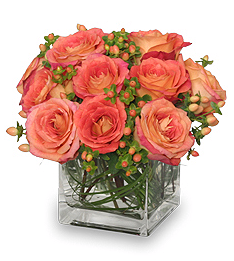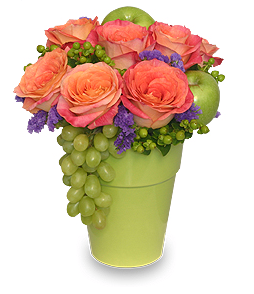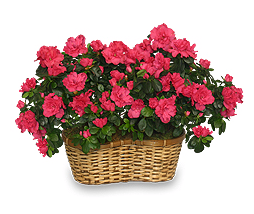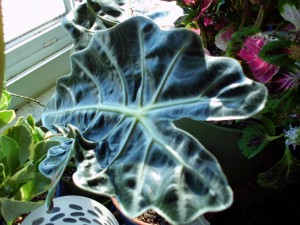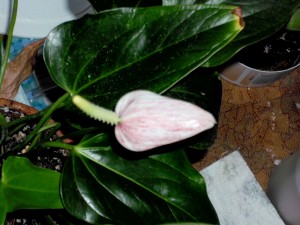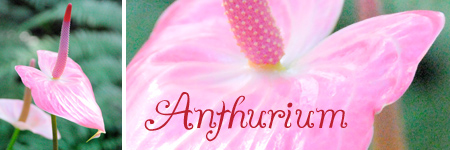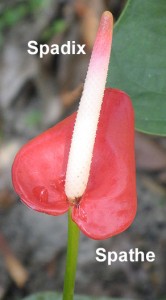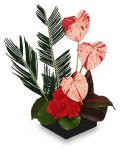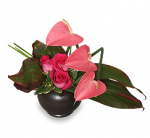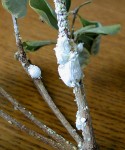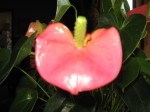
When it comes to buying flowers for Mother’s Day, it can be a bit overwhelming deciding which one is perfect for mom. Don’t worry, Flower Shop Network is here to help! Our flower buying style guide is your source for the perfect gift for mom!
The Classy Mom
Sophisticated, stylish and always full of class.
- Tips for classy moms: monochromatic color schemes, contemporary styles.
- Flowers for classy moms: orchids, garden roses, calla lilies, anthurium.
- Colors ideas: white, coral pinks, ruby red, deep purples
The Natural Mom
The mom who loves the outdoors — gardening, birdwatching, hiking, this mom is more at home outdoors than in.
- Tips for natural moms: think garden flowers, terracotta containers, fresh fruit, houseplants, arrangements made on wood.
- Flowers for natural moms: lilies, roses, tulips, asters, irises, peonies and carnations.
- Colors: earth tones, emerald green, dusty pink, creams


 Find Your
Find Your 